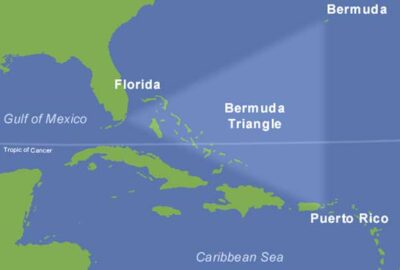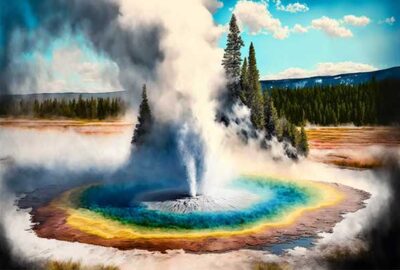Old Faithful geyser, located in Yellowstone National Park, is one of the most well-known and iconic geysers in the world. This geyser has been erupting for thousands of years and continues to be a popular tourist attraction today.
The geyser gets its name from its highly predictable eruptions, which occur approximately every 90 minutes. During these eruptions, hot water and steam shoot up to 100 feet into the air, making for an impressive and awe-inspiring spectacle. Old Faithful’s eruptions last between one and five minutes, with an average duration of about two minutes.
The exact mechanism behind Old Faithful’s eruptions is still not fully understood, but scientists believe that it is related to the geyser’s location on top of a large underground reservoir of hot water. As the hot water rises to the surface, it builds pressure until it eventually erupts in a powerful burst. The water then cools and returns to the underground reservoir, where it is reheated and the cycle begins again.
Old Faithful is just one of many geysers in the area, which is known as the Upper Geyser Basin. This area is one of the largest geyser fields in the world and is home to over 100 active geysers. In addition to geysers, the Upper Geyser Basin also features hot springs, mud pots, and other thermal features, making it a unique and fascinating place to visit.
Despite its popularity, Old Faithful is a delicate and sensitive environment. Visitors to the area are asked to follow strict guidelines to help protect the geyser and its surroundings. For example, visitors are not allowed to approach the geyser too closely, as the heat and steam can cause severe burns. They are also asked to stay on designated boardwalks and trails to prevent erosion and damage to the surrounding vegetation.
In conclusion, Old Faithful geyser is a truly unique and awe-inspiring natural wonder that continues to captivate visitors from all over the world. With its predictable eruptions and stunning display of water and steam, it is a must-see attraction for anyone visiting Yellowstone National Park.



